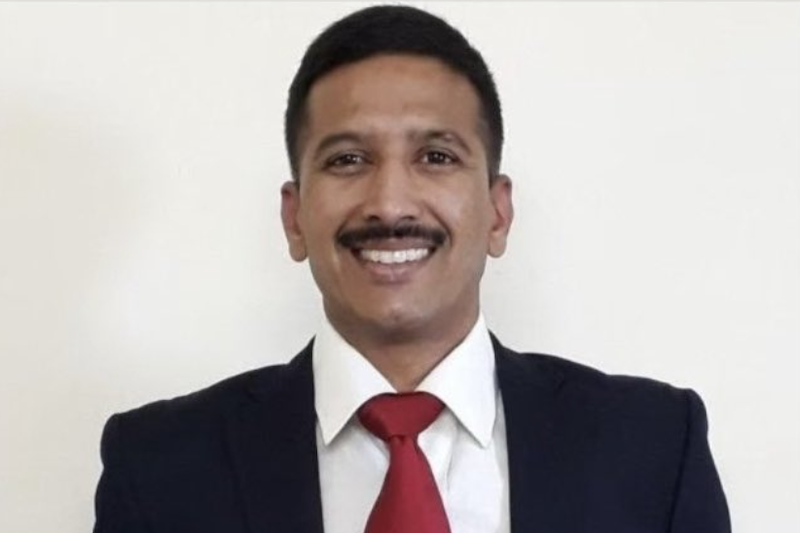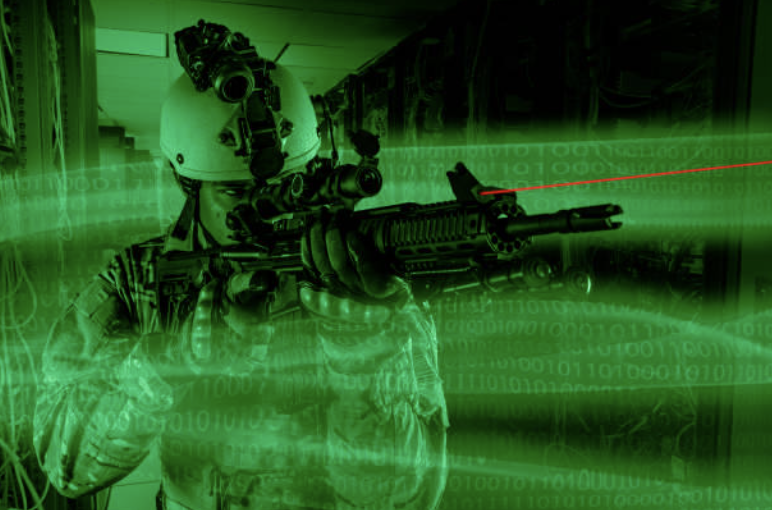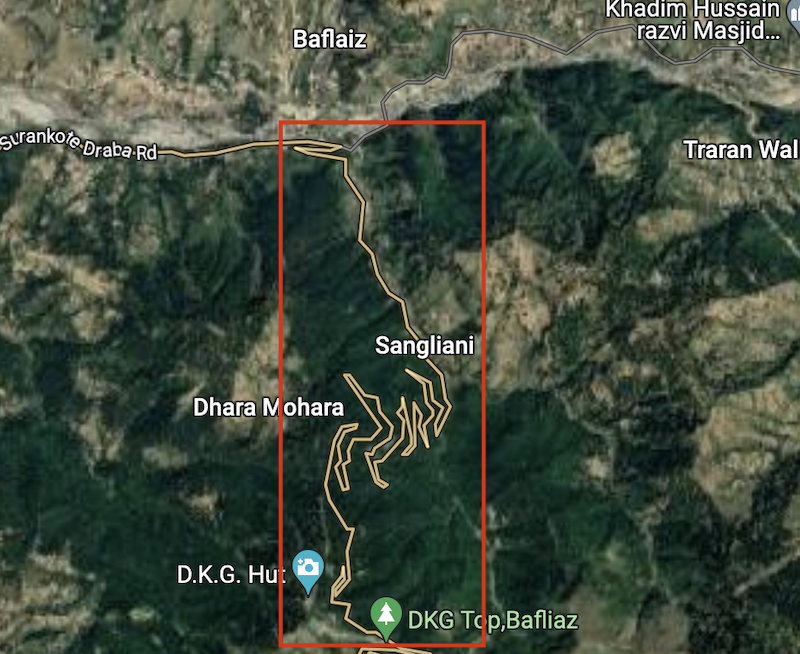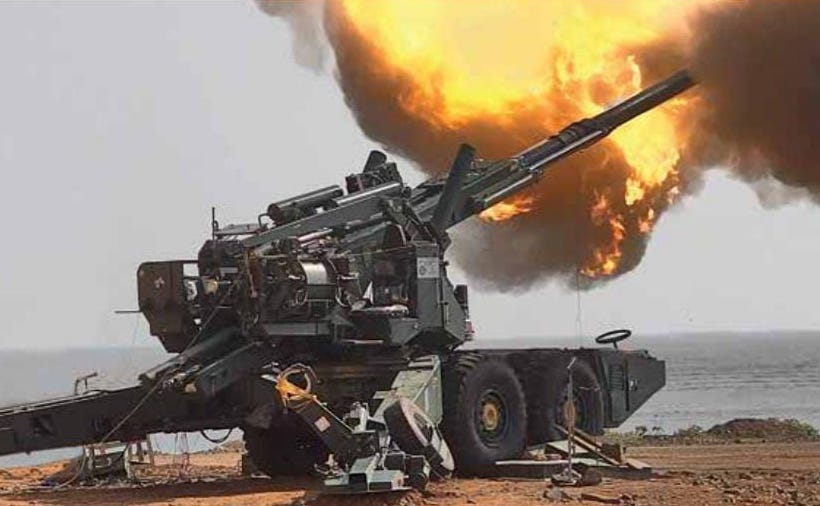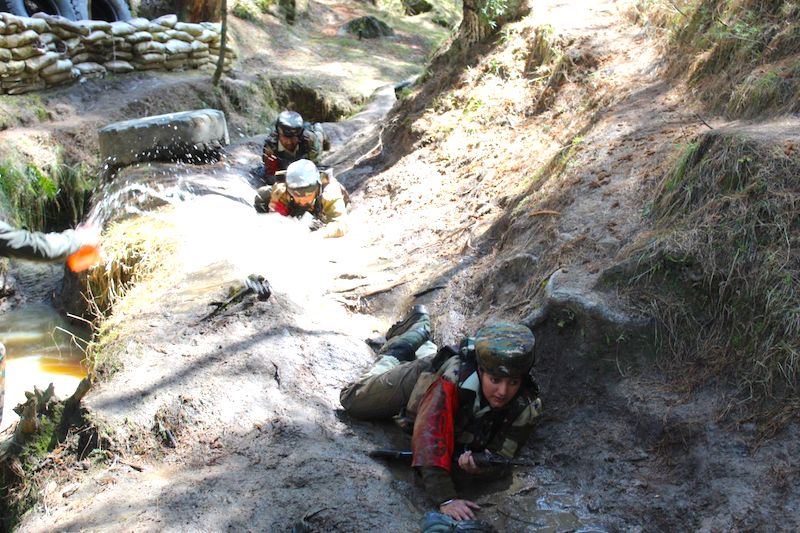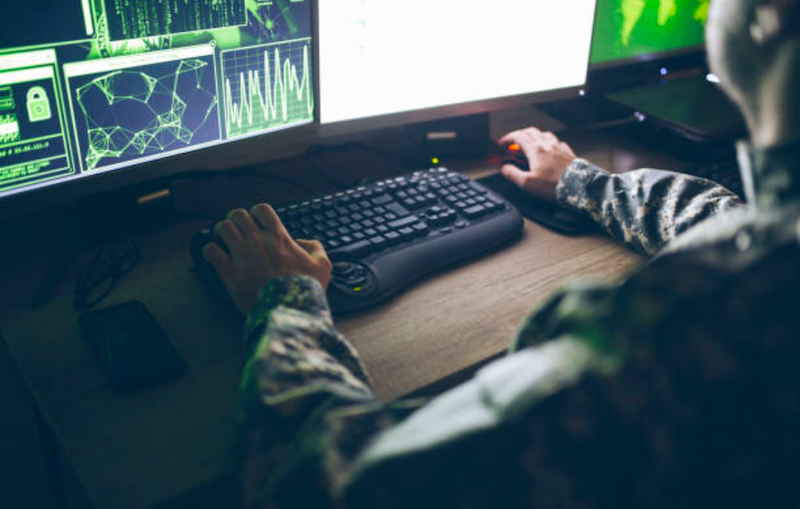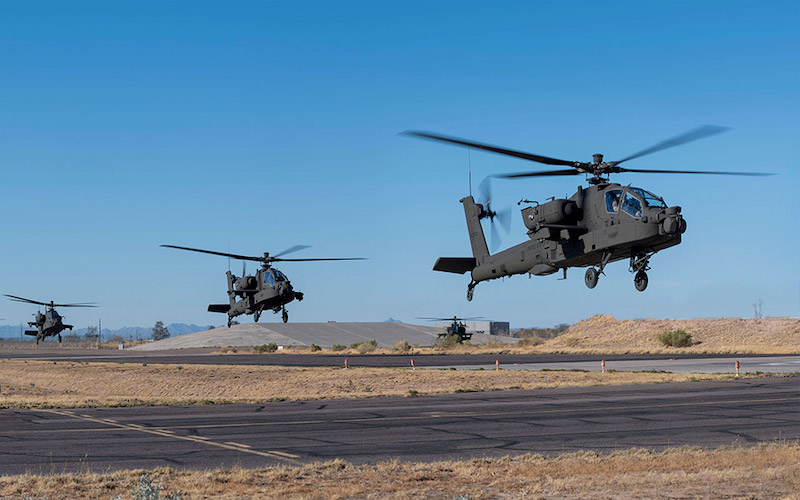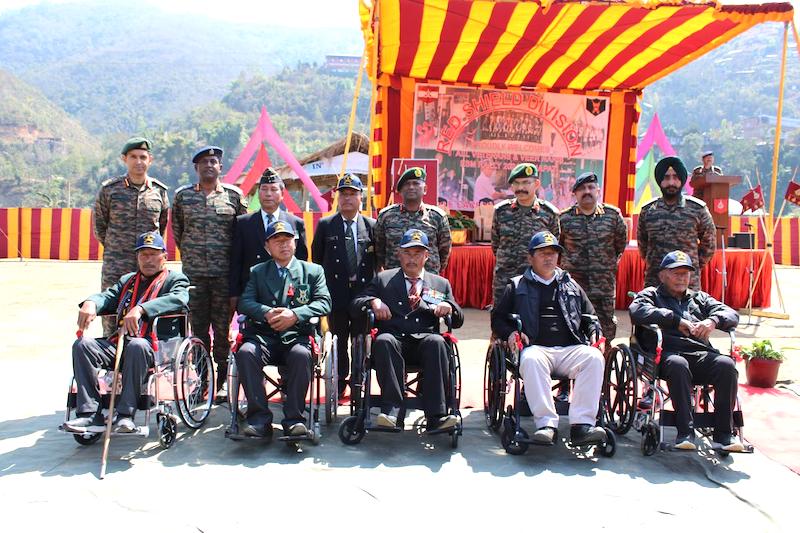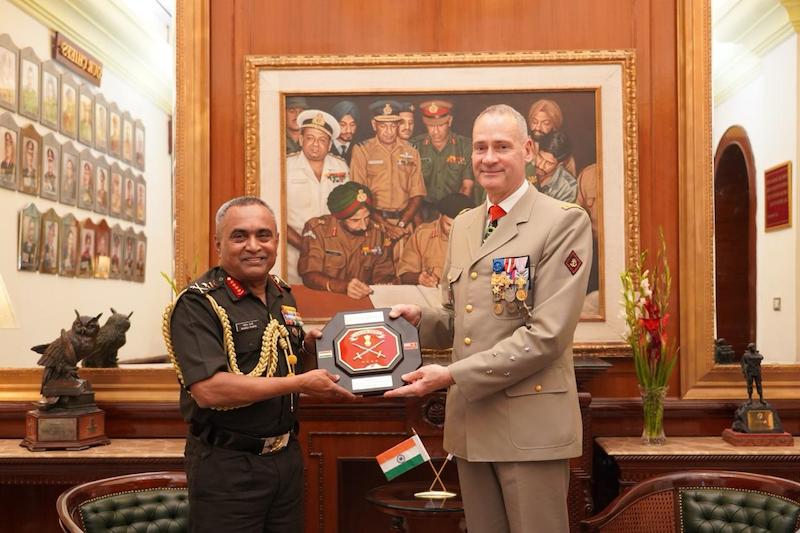 File photo of the Indian Army chief, General Manoj Mukund Naravane (6L), along with other officers and soldiers at the Siachen Glacier.
File photo of the Indian Army chief, General Manoj Mukund Naravane (6L), along with other officers and soldiers at the Siachen Glacier.
New Delhi: The Indian Army marked the 40th anniversary of Operation Meghdoot, on Saturday, April 13. This operation, launched in 1984, was a strategic triumph that resulted in India gaining strategic control of the Siachen Glacier – the world’s highest battlefield – in the Karakoram range, which is the world’s second-highest mountain range.
The Siachen Glacier, a bone of contention between India and Pakistan since Partition, remained largely unoccupied due to its treacherous terrain and extreme weather. However, intelligence reports in 1984 suggested Pakistan’s “cartographic aggression” in the region, prompting India to pre-empt their potential military action.
This prompted India to meticulously plan the operation, codenamed “Operation Meghdoot”, to occupy the glacier’s vantage points.
 Map showing location of Siachen Glacier. (Via BBC, not to scale)
Map showing location of Siachen Glacier. (Via BBC, not to scale)
Approximately 17 days before the operation, the top brass of 15 Corps (Chinar Corps) gathered for a wargame, named “Exercise Walnut Cracker”, at the corps’ headquarters in Srinagar. This exercise fine-tuned the operational and logistical aspects of the operation.
The planning ensured that the Pakistan Army was taken by surprise, denying them access to the Siachen Glacier and the key heights and passes surrounding it. The stellar role played by 4 Kumaon and 19 Kumaon is noteworthy in the narrative of this highest battlefield.
Operation Meghdoot, launched by the Indian Army and the Indian Air Force, was a logistical marvel. Helicopters played a pivotal role by airlifting troops and supplies to strategically crucial high-altitude posts. News articles highlight the pioneering role of the Air Force, with the first helicopter landing on the glacier recorded in 1978.
Amit K Paul, author of the book “Meghdoot: The Beginning of the Coldest War”, provides a detailed account of the occupation of Siachen Glacier and the preparations for it. The wargame involved key military personnel, including Northern Army commander Lieutenant General Manohar Lal Chibber, corps commander Lieutenant General Prem Nath Hoon, and MGGS (major general, general staff) Northern Command Major General Amarjit Singh.
The unsung heroes of Operation Meghdoot were the soldiers who braved the inhospitable conditions. Lieutenant Colonel Niranjan Singh Salaria’s story, as told to Major General Yash Mor (retired) on his YouTube show, exemplifies the superhuman effort required. He led a column on foot from the base camp to Sia-la (Sia pass), an incredible feat considering the altitude of over 22,000 feet above sea level.
Over the past four decades, the Army’s presence on the Siachen Glacier has demanded constant innovation and adaptation. The harsh environment necessitates specialized training, equipment, and infrastructure.
The introduction of heavy-lift helicopters and logistic drones has improved the supply of essential resources to troops stationed at isolated posts, particularly during harsh winter conditions. Recent initiatives have led to advancements in the supply chain, ensuring that troops stationed at forward posts now have access to fresh rations and vegetables.
Medical infrastructure at Siachen, including telemedicine nodes established by the Indian Space Research Organization (Isro), provides critical medical support not only to troops but also to the local populace and tourists in the Nubra valley. The medical facilities in Partapur and the Siachen base camp boast some of the best medical and surgical specialists in the country, state-of-the-art high-altitude pulmonary oedema (HAPO) chambers, oxygen-generation plants, and other life-support systems.
Maintaining troops at Siachen, however, has come at a heavy cost. Soldiers on both sides (India and Pakistan) have lost their lives due to avalanches, extreme weather, and sporadic military skirmishes. Calls for demilitarization of the region have gained traction in recent years, with the hope of creating a zone of peace.

